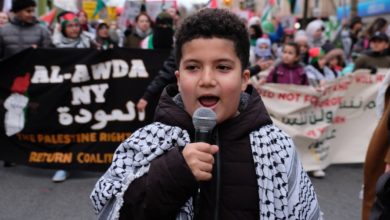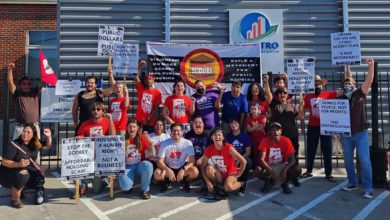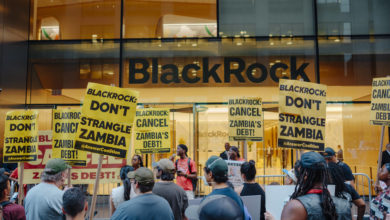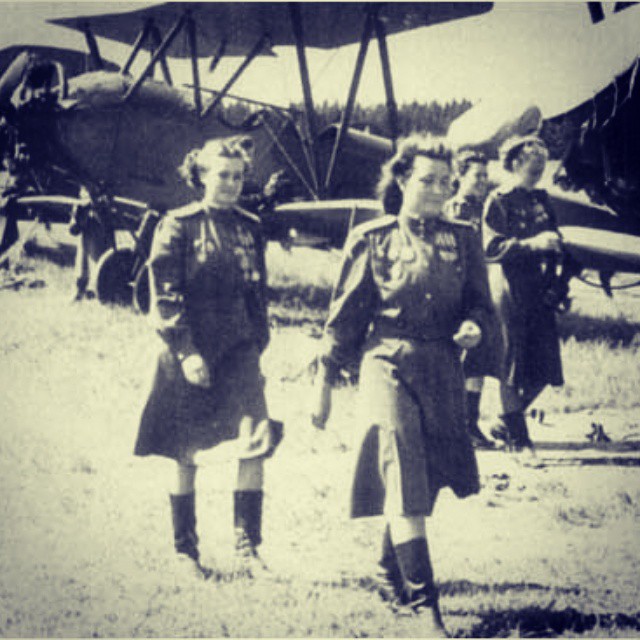Gentrification is defined as a shift toward wealthier residents and/or businesses resulting in higher property values. When wealthier people move into poor neighborhoods pushing out the people who had lived there, property values go up. We mostly know gentrification by what it looks like.
Typically, gentrification is perceived as the advent of coffee shops, vintage stores, organic food outlets, fusion restaurants, and yoga studios that had never been there before.
This happens in poor and working-class neighborhoods. In New York City, for example, the upper east side isn’t experiencing gentrification, but neighborhoods surrounding it are. Before 2003, East Harlem was predominantly Black, Mexican and Puerto Rican.
In January 2003, former Police Commissioner Ray Kelly inaugurated a new tactic called Operation Impact in areas like central and east Harlem as well as parts of Queens and Brooklyn.
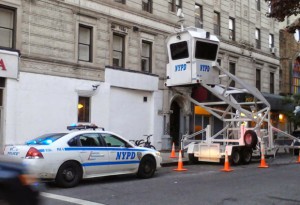
Operation Impact flooded rookie cops into “high crime” areas that just happened to be filled with Black and Latino immigrants. In 2004, New York City began to see an extreme rise in surveillance in schools, increased foot patrols and SkyWatch surveillance towers on the streets.
This was the beginning of the militarization of the police department in New York City. Ray Kelly pushed Bill Bratton’s stop, question and frisk policy on the new officers, claiming that it was the best way to find guns in these areas.
Thousands of rookie cops flooded the streets as part of this new strategy and the impact was staggering. The combination of Operation Impact and stop-and-frisk resulted in an increase in arrests, assault and murder at the hands of the New York Police Department.
It begs the question, “why was any of this happening?” It is not because the police hate poor people. It is not because each cop enjoys locking up and murdering people just because they don’t like their skin color, gender or sexual orientation.
The NYPD is not an independent militia. It is not a group of friends with a similar ideology. The NYPD is a gang of thugs whose sole purpose is to protect the rich and their investments.
The rise in police presence in in east and central Harlem at this time was not coincidental and did not come about due to a desire to end crime. This period of militarization preceded large-scale development of those neighborhoods.
During 2006 and 2007, in particular, we saw a huge rise in the number of condos built in south Harlem, or “SoHa.” In order for these developments to be profitable, it had to be safe for wealthier residents to live there.
A profit-driven process
Gentrification is a profit-driven process that landlords, politicians and bankers like to call “urban development.” Landlords raise rents and throw out working people in historic communities such as Harlem in order to attract more affluent sectors of society. The goal is to “revitalize” a community and increase property values.
The police occupy these working-class neighborhoods, particularly Black and Latino communities. Cops harass and intimidate poor and working people to make it clear that they are unwanted. These poor and oppressed sectors do not fit in with a profit-driven vision.
It is easy to boil gentrification down to racism alone. It seems so obviously racist when you see white residents replace Black and Brown residents. New businesses, such as Starbucks and coffee shops, emerge to cater to white affluent professionals, typically fresh out of college. These “gentrifiers” become the face of gentrification, the face of racist
displacement.
At its core, gentrification is the consequence of a larger process that involves rezoning, purchasing buildings, allowing infrastructure to decay, and rebuilding, all in the name of profit. The real gentrifiers are the slumlords, real estate developers and bankers who direct the process.
We never see the decision makers driving the process; they live elsewhere so they do not have to see the people whose lives they are ruining. The typical gentrifier we think of is merely a consequence of this process, a place for us to misdirect our anger and frustration.
As organizers, we need to go after the real gentrifers.
Gentrification happen in waves—first, it attracts recent college graduates looking for cheap rent, but then they get priced out by the next wave of higher earners. The typical gentrifier we think of has a material interest in not increasing the rent, because they too will eventually be priced out.
Need to organize
At the height of tenants’ and block associations, tenants could not just be evicted by their landlords. Tenant organizations mobilized “rent strikes” where all tenants refused to pay rent until their demands were met. Other direct actions stopped evictions. Or if evictions occurred, tenants would move families right back in. Tenants got organized and created change in their buildings.
In order to combat gentrification, we need to unite and not divide ourselves. Old and new residents must organize together for rent control. If we divide ourselves along racial lines in gentrified communities, we diminish our power. Housing is a right that trumps the landlord’s property rights. It counters the capitalist logic of displacing people in the name of profit. Everyone, regardless of their income or employment, deserves to live in beautiful neighborhoods with access to services, jobs and quality housing. This is the kind of program that can unite old and new residents in gentrified communities. Everyone has an interest in keeping rents low and fighting unjust displacement.
There are more than enough empty homes to house everyone that needs a place to stay. We know that people fall on hard times and can use a break. We know that the rent is too damn high. We know that evictions should be illegal.
So what is our response? To fight back.
The rents are still rising and people are being evicted. People are still being murdered by the cops.
We know from our own repressive history that as individual fingers we can be broken, but together we make a mighty fist. Only an organized force can ultimately put an end to gentrification and its police enforcement.


